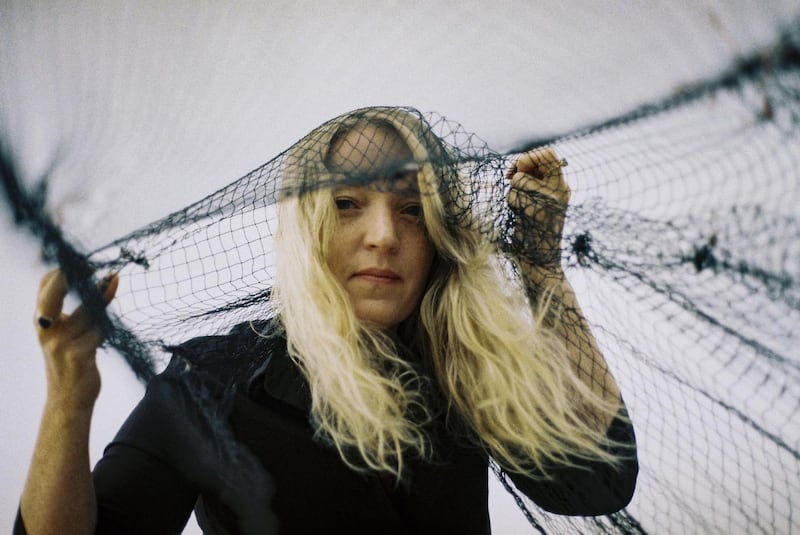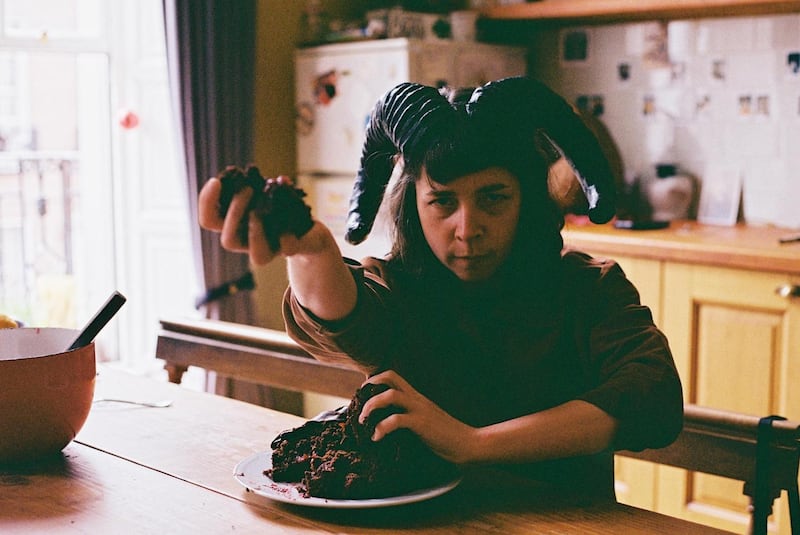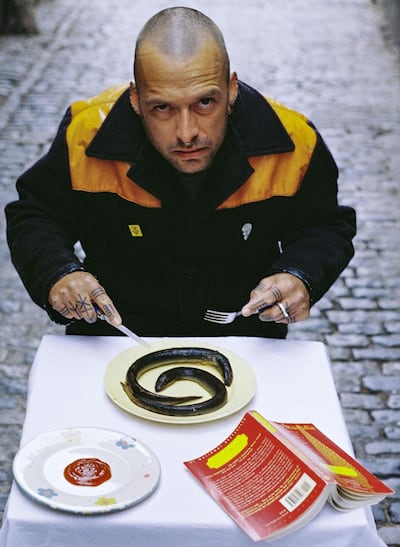Would you like the author Kevin Barry to tell you a story? Hang on a minute, till I find the number. It’s a landline. Old school.
Actually, you can use the same number to call five other people, and they’ll also tell you compelling riffs on existing folklore stories. Some of them will even sing to you too.
Dial-a-Seanchaí is the name of this revived project, which had its initial incarnation in 1988. Back then, it was the idea of Co Clare’s first arts officer, Kay Sheehy, now a producer at RTÉ Radio. Sheehy asked three Clare folklorists, Eddie Lenihan, Francie Kennelly and Junior Crehan to record stories of three minutes duration.
Dial A Seanchaí returns on October 1st. This phone service allows members of the public to listen to curated Irish folklore stories and songs from six contemporary voices. It is commissioned by @ClareArtsOffice , @glorennis and @CreativeIreland, and produced by John Lillis. pic.twitter.com/bn34ZxlWKI
— Dial A Seanchaí (@dialaseanchai) September 10, 2021

The recordings were done in the county library in Ennis. The public were then invited to call a number to listen to these stories: a project that seems almost quaint now, with our connected world of multi-platform digital media. But back then, when everything was analogue, it was an ambitious and very different kind of arts project.
“That project was really ahead of its time,” as Clare-based artist John Lillis says.
Fast forward 33 years, and Lillis has created Dial-a-Seanchaí 2.0. "I started digging through the RTÉ archives and came across the project," he explains. He had the idea to repeat the project, except this time, there would be inclusivity in terms of gender. And folklore was to be more of a springboard into other kinds of creative riffing, rather than a fixed platform of traditional storytelling.
There's life and death in these stories and songs; rhythms and no reason; the joy of delivering a good yarn
Lillis is a music producer and a former DJ, so he understands performance art. He is also currently in the process of completing a marvellously esoteric-sounding masters in Arts, the Psyche and Creative Imagination at the University of Limerick.
“I was following the numinous with this project,” Lillis tells me.
“Following what?” My vocabulary is pretty extensive, but this numinous word is a new one on me.
“It means shining in a particular way.”
“Do you mean luminous?” I ask.
No, Lillis doesn’t mean luminous. He means numinous, which roughly means: having a strong spiritual element, or having the presence of something divine. It’s a philosophy he learned while doing his Masters, and it’s this other-worldly essence Lillis wanted to bring to the Dial-a-Seanchaí project. He had also been working collecting stories with folklorist Eddie Lenihan in recent years; probably Ireland’s best-known seanchaí himself.
Funded by Creative Ireland and The Arts Council, Lillis commissioned six artists to respond to folklore. Along with Kevin Barry, they are: Lisa O'Neill, Aindrais De Staic, Ruth Smith, Ian Lynch and Ceara Conway.

“I suppose the old definition of a seanchaí was a bearer of old lore,” Lillis says. “They were historians of the aural tradition. It’s easy to call a seanchaí a storyteller, but in traditional society, our seanchaí were geographers, historians, psychologists. They had deep connections to the landscape. Today, the idea of a seanchaí has completely changed from what it was. I wanted to move it forward: to work with people who understood the traditions of storytelling, but who would take it in a different direction.”
Lillis started working on the project, with the help of Glór, the Arts Centre in Ennis, almost two years ago. Covid slowed its progress, as it did for everything in our world for months and months and months.
The six artists went off and did their own research into various folklore stories, and decided how to interpret them. The resulting recordings are twice the length of the previous ones, coming in at about six minutes each.

I had an opportunity to dial the seanchaí line before it went live to the public. I dialled in one morning while engaged in the fascinating household task of washing up. In a lovely, and appropriate tribute to the idea behind the initial project, it’s Kay Sheehy’s voice you hear when you dial in. She invites you to dial numbers one through six to access the different narrators and their stories and songs. I dialled six for Kevin Barry, and his story of Stingy Jack.
Barry’s voice is perfect for audio, and his knowing, hilarious, storytelling in Stingy Jack is just glorious. I might even have listened to it twice.
I listened to all six of the recordings that morning. They are all compelling nuggets of variously fanciful, bonkers, delightful, funny, and dark pieces of audio. I was listening via my airpods, so the voices were right in my ear, as they would be via an analogue phone back in the day. Even more so, as they were in each ear, and landline phones were – obviously – held to just the one ear.
Aindrias De Staic’s riveting story is about Cill Stuifin; a sunken island with a church where bells still toll underwater, that is said to rise out of Liscannor Bay from time to time. Ceara Conway sings the lament Caoineadh Liam O’Raghallaigh.
Ian Lynch does a kind of spoken word poem called Rougery and Nonsense, originally collected by Eddie Lenihan from Jimmy Armstrong. Lisa O’Neill tells us about the 1888 story of the Horned Women, and sings a version of Four Green Fields. Ruth Smith tells a story about the Lough Greaney lake near Feakle she often swims in.
There’s life and death in these stories and songs; rhythms and no reason; the joy of delivering a good yarn. I haven’t been so entertained washing up in a very long time.
Dial-a-Seanchaí goes live on October 1st at 065-6723000











